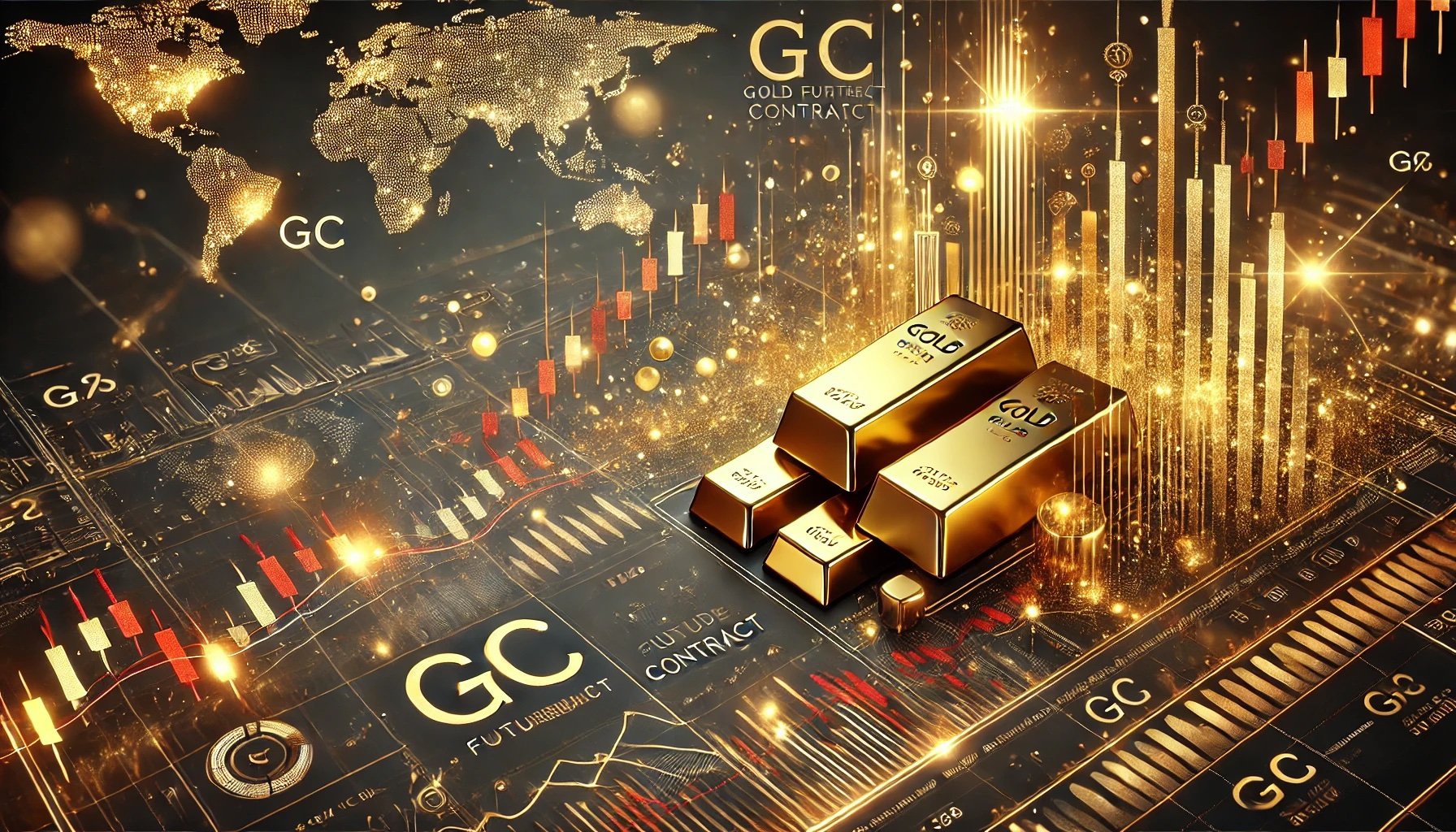
GC Gold Futures Contract
A Comprehensive Overview of the GC Future Contract: History and Evolution
The GC future contract, representing Gold futures, has long been a cornerstone of the commodities market, offering investors and traders a way to speculate on or hedge against movements in gold prices. Gold has been a symbol of wealth and a measure of value for centuries, and the advent of futures trading has provided a modern, structured method for managing exposure to this precious metal.
Origins and Early Development
Gold trading dates back to ancient civilizations, but the formalized trading of gold futures began in the 20th century. The New York Mercantile Exchange (NYMEX) introduced the first official gold futures contract in December 1974, following the end of the Bretton Woods system in 1971, which decoupled the U.S. dollar from gold and allowed gold prices to be freely determined by the market. This shift marked a new era in gold trading as investors sought to manage price fluctuations in an increasingly volatile economic environment.
Launch of the GC Future Contract
The GC (Gold) futures contract as we know it today is traded on the COMEX, which became a division of the CME Group after a series of mergers and acquisitions. The contract was designed to standardize gold trading and provide a platform for both institutional and individual investors to participate in the market. The GC contract represents 100 troy ounces of gold, providing significant leverage and making it an attractive vehicle for speculators and hedgers alike.
Features and Structure
The GC contract is cash-settled or deliverable, with trading tied directly to the spot price of gold. The primary unit of measurement is the troy ounce, with each contract sized at 100 troy ounces. The standardization of contract size, delivery specifications, and trading hours has helped facilitate robust liquidity and transparency in the gold market.
Contracts are typically quoted in U.S. dollars per troy ounce, and margin requirements are set by the CME Group to ensure stability and manage risk. These features make the GC contract a reliable tool for market participants who wish to take a position on gold price movements without dealing with physical gold directly.
Growth and Market Importance
Since its inception, the GC future contract has grown in popularity, reflecting gold’s continued role as a hedge against inflation, currency devaluation, and geopolitical risk. The volatility associated with gold, influenced by macroeconomic indicators such as interest rates, central bank policies, and global events, has made the GC contract an appealing choice for active traders and long-term investors.
The contract’s success has also spurred innovations in gold trading, including the creation of smaller contracts and various derivatives that cater to different levels of capital commitment and trading strategies.
Role in Hedging and Speculation
The GC future contract is widely used by commercial producers, financial institutions, and individual traders. Mining companies and jewelers often use GC contracts to lock in future prices and protect against unfavorable price movements. Conversely, speculators use the contract to capitalize on anticipated price changes, leveraging the contract’s significant exposure for potentially higher returns.
Gold’s status as a ‘safe-haven’ asset means that the GC contract frequently sees heightened interest during periods of economic uncertainty or geopolitical tension. This characteristic has solidified its reputation as a key component in diversified trading portfolios.
Technological Advancements and Trading Platforms
The advent of electronic trading has significantly impacted the accessibility and efficiency of the GC future contract. The transition from open-outcry trading to platforms such as CME’s Globex has enabled faster execution, enhanced transparency, and broadened participation in the gold futures market. This development has allowed for global access and has contributed to the contract’s consistently high trading volume.
Resilience Through Market Cycles
The GC contract has demonstrated resilience through various economic cycles, from periods of booming growth to recessionary environments. It has maintained its importance through global crises, including financial crashes and pandemics, serving as a critical tool for both protecting wealth and capturing trading opportunities.
Current Status and Future Prospects
Today, the GC future contract is one of the most actively traded commodities contracts in the world. It continues to attract a diverse group of market participants, including individual traders, financial institutions, and asset managers. As the global economic landscape evolves, the demand for gold as a hedge and investment vehicle ensures that the GC contract remains a pivotal part of futures trading.
Conclusion The GC future contract has a rich history that reflects the enduring value of gold as a financial asset. From its beginnings in the 1970s to its current status as a cornerstone of the commodities market, the GC contract provides a structured, efficient, and transparent way to trade gold. Its strategic importance as both a speculative instrument and a hedging tool will ensure its relevance for many years to come, adapting alongside the shifting needs of traders and the global economy.